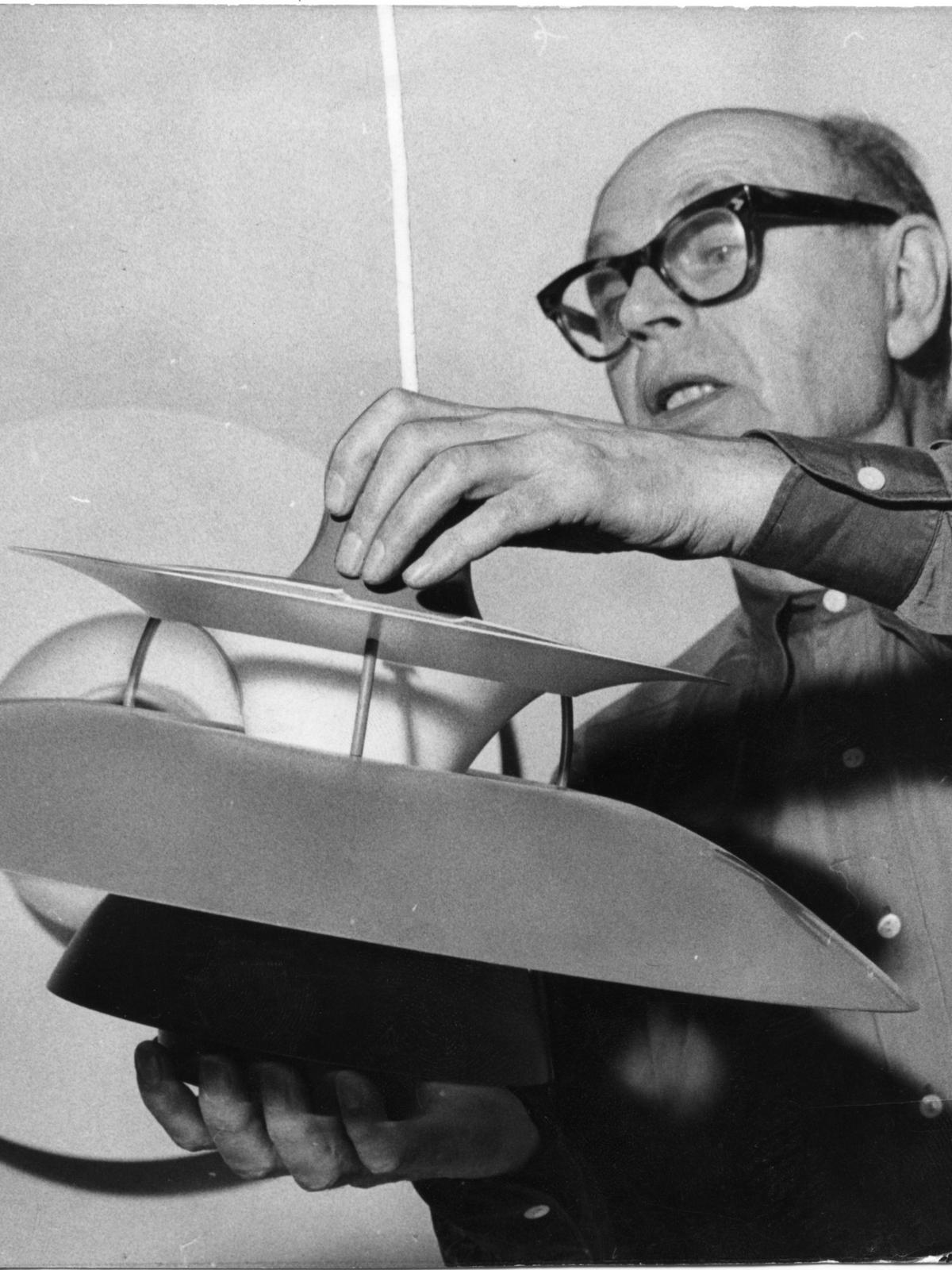The PH Lamps, which bear the initials of their designer, Danish architect and writer Poul Henningsen, are an iconic symbol of 20th-century design. These classic lighting pieces are not only famous for their aesthetic style, but also for their innovative approach to light diffusion. By exploring the history, design, and cultural impact of PH lamps, we can better understand why they remain prized pieces for collectors and design enthusiasts alike.

.png)
Poul Henningsen (1894-1967) was a Danish architect, critic, writer, and designer deeply involved in his country's cultural life in the interwar period. His passion for light was largely influenced by his mother, an actress who often criticized the harsh, direct light of theater spotlights. In 1924, Henningsen began work on a lamp model for Louis Poulsen, a Danish lighting manufacturer, as part of a design competition for the 1925 Exposition Internationale des Arts Décoratifs et Industriels Modernes in Paris. He designed various models, both wall and floor lamps. His creations win a gold medal there, establishing Henningsen as an innovative lighting designer.

What did Poul Henningsen revolutionize? The most remarkable feature of the various PH lamps are their system of superimposed shades. For the Paris World's Fair, Poul Henningsen first produced a suspension lamp with three shades. This was the first lamp in his "System PH" series. Layers are meticulously designed to diffuse light softly and evenly, avoiding direct glare. Shades are often made of opal glass or metal and arranged concentrically. This arrangement allows light distribution that is both functional and aesthetically pleasing.
.png)
.png)
.png)
Over the years, the PH Lamp has seen many variations. Among the most famous are the PH Artichoke, the PH 5, and the PH Snowball. Each of these versions features modifications in shade design or use of materials, but all remain true to Henningsen's original lighting philosophy. The PH 5, in particular, was designed in 1958 in response to the constant evolution of bulb shapes and sizes. Whereas light radiated from a single point in the luminaire, the new frosted glass bulbs diffused light over the entire surface, making it more complex to calculate the direction of light rays and redirect them. With PH 5, Poul Henningsen adjusted the original design to accommodate the new bulbs without compromising light quality.
.png)
.png)
Among the hundred or so lamps created by Poul Henningsen over the course of his career, the Artichoke model, in reference to its artichoke shape, occupies a special place. Inspired by his work on the PH Septima lamp in glass, the Artichoke lamp is the culmination of the designer's work on indirect light. Designed using interlocking "leaves" on which light is reflected, PH Artichoke reveals a remarkable technical feat. The staggered overlapping leaves shield the eye from direct light and ensure the object a strong sculptural presence for a piece considered an icon of modern design.
.png)
.png)
.png)
.png)
.png)
The PH Lamp goes far beyond lighting design. It has become an emblematic element of Scandinavian design, recognized for its functionality, simplicity and beauty. Poul Henningsen was determined to create a simple, high-quality design accessible to the general public, a characteristic shared by many Scandinavian designers at the time.
Henningsen's lighting philosophy paved the way for deeper reflection on the interaction between light, space and human well-being. His design principles are still relevant to modern discussions on ecological lighting and the ergonomics of living and working spaces. That's why his work on lighting is a powerful legacy that has left a lasting mark on the history of modern and contemporary design.
.png)
François BOUTARD





